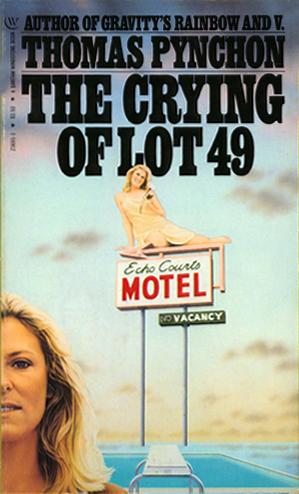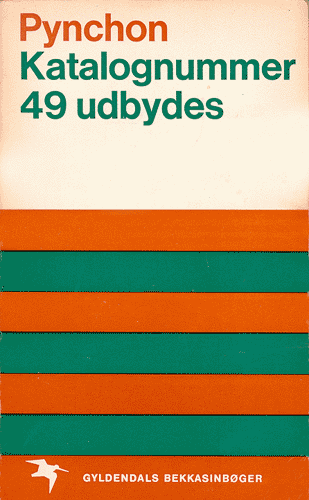

Oedipa reads into the symbols, convinced “she will create constellations” out of the chaos, but instead finds herself “an alien, unfurrowed, assumed full circle into some paranoia,” struggling to determine whether she’s actually stumbled upon a massive conspiracy or is simply going mad.


The physical motif is graffitied by polyamorists on a bathroom stall, scrawled amid the notes of a disillusioned techie and embossed on the pin of a member of the Inamorati Anonymous committed to assisting those who have fallen in love (“the worst addiction of all”). The rudimentary post horn is the sole illustration in the slim volume and evolves from a point of intrigue to a trigger of sorts as Oedipa begins to see it everywhere. It chronicles the anti-Odyssey of Oedipa Maas as she happens to unearth a peculiar network of coincidences connected by “a symbol she’d never seen before, a loop, triangle and trapezoid,” meant to represent a muted post horn. “The Crying of Lot 49” is composed almost exclusively of satirical jabs, distracting details and fruitless conversations.


 0 kommentar(er)
0 kommentar(er)
